
At RETROFINE STRUCTURAL SOLUTIONS, our mission is simple- to make every structure stronger, safer, and more resilient. We specialize in structural repairs, retrofitting, waterproofing, slope stabilization, and soil strengthening. Our team utilizes advanced technologies and non-destructive testing to ensure safety, durability, and compliance with modern standards. Our Key Areas include:
Structural strengthening refers to the process of enhancing the strength, stability, and load-bearing capacity of an existing structure to ensure its safety and functionality. It is a specialized field in civil engineering aimed at restoring or upgrading structures that may have deteriorated over time, experienced damage, or need to meet new performance requirements.
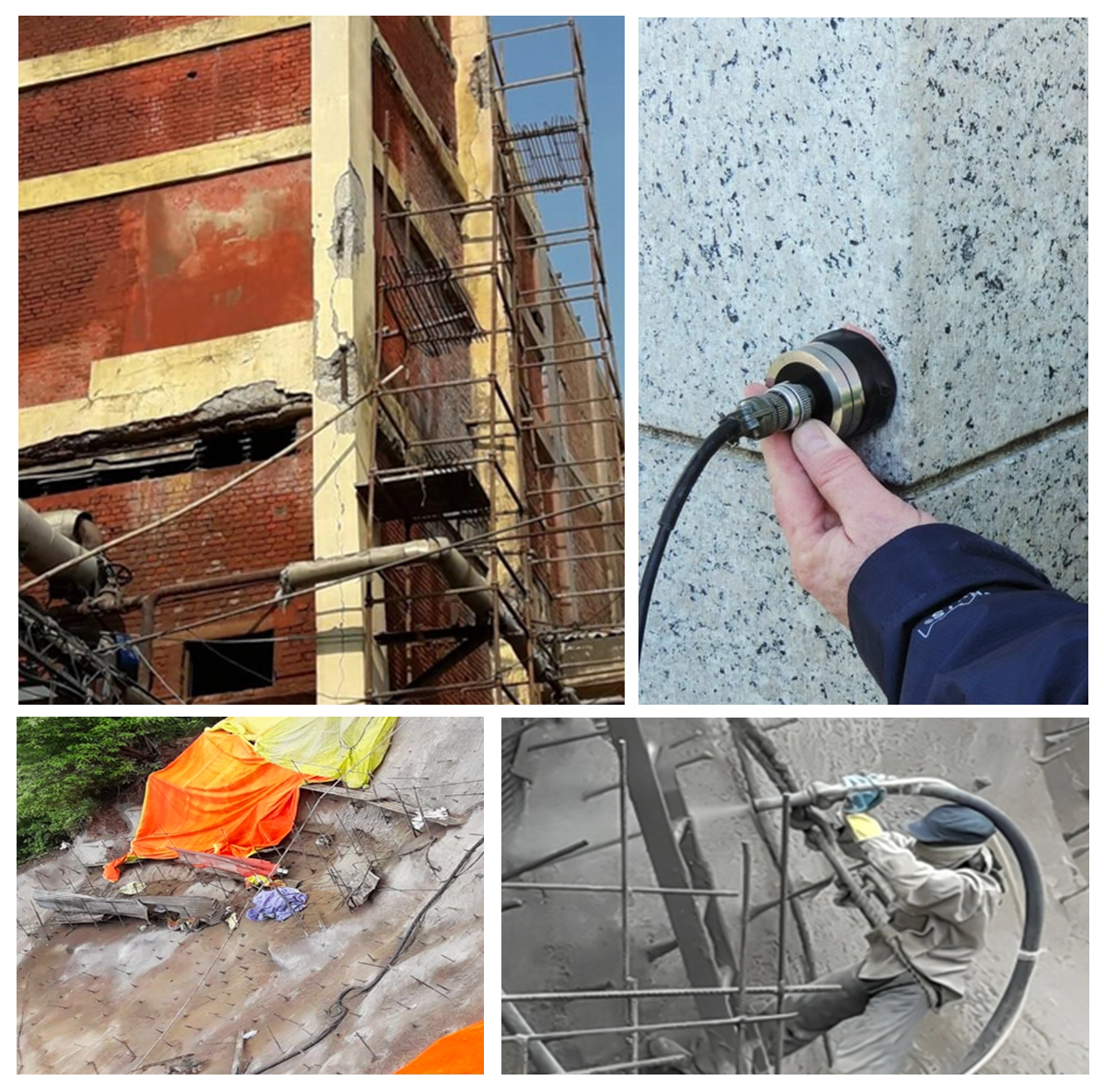
A versatile technique where high-velocity sprayed concrete is applied to surfaces like walls or damaged structural components. It ensures excellent adhesion, durability, and improved structural integrity. Shotcreting is commonly used for slope stabilization, tunnel linings, and repairing deteriorated concrete surfaces.

Lightweight, high-strength materials used to increase the capacity of beams, columns, and slabs. Composed of a polymer matrix reinforced with fibers like carbon, glass, or aramid, FRP significantly improves structural performance without adding extra weight. This makes it ideal for retrofitting and strengthening existing structures, particularly in environments subject to heavy loads or harsh conditions. FRP’s resistance to corrosion further extends its longevity, offering a durable, cost-effective solution for reinforcing concrete and other structural elements.

Adding steel plates to reinforce tension zones and improve strength. This technique is commonly used to reinforce and repair damaged or deteriorated concrete structures. The steel plates are bonded using specialized adhesives or epoxy resins, creating a strong, durable connection that improves the overall strength and stability of the structure. Steel Plate Bonding is particularly effective for strengthening elements in high-stress areas or for retrofitting older buildings to meet modern load requirements. The method offers a reliable, cost-effective solution with minimal disruption to the existing structure.

Adding layers of reinforced concrete to enhance strength. This process involves wrapping the structural component with a layer of high-strength concrete, often combined with steel reinforcement, to improve its load-carrying capacity and seismic resistance. Concrete Jacketing is commonly used to retrofit and strengthen aging or damaged structures, ensuring they meet modern safety and performance standards. This method is highly effective for restoring deteriorated concrete and improving the durability of structures in high-stress environments.

Applying tensile forces to structural elements to counteract stresses and improve performance. This process helps increase the concrete’s strength and durability, allowing it to bear higher loads and resist cracking. Post-Tensioning is commonly used in large structures like bridges, parking garages, and floors where additional strength is needed. It provides better control over the structural behavior, reducing the need for additional concrete or reinforcement, and enhances the overall performance and lifespan of the structure.

Enhances the load-bearing capacity of foundations through techniques like underpinning, grouting, or micro-piles. Foundation strengthening is crucial for improving the structural stability of buildings, especially in areas with weak soil conditions or those prone to settlement. It ensures that the foundation can support additional loads and resist seismic movements.

A flowable, shrinkage-compensated, cementitious material used for precision repair and strengthening of structures. Microconcrete is ideal for confined spaces, such as repairing beams, columns, and foundations, where conventional concrete cannot be easily poured.

A flowable, shrinkage-compensated, cementitious material used for precision repair and strengthening of structures. Microconcrete is ideal for confined spaces, such as repairing beams, columns, and foundations, where conventional concrete cannot be easily poured.


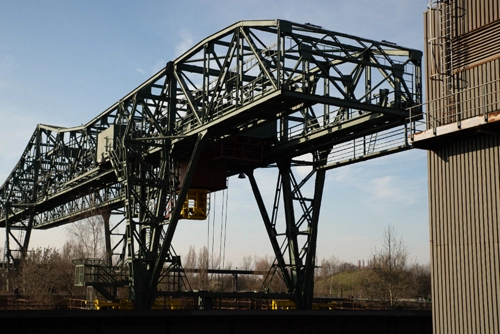

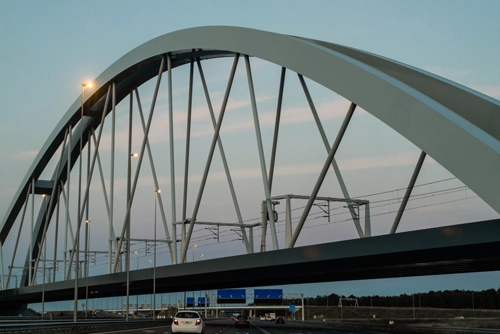




Slope stabilization refers to the techniques and engineering solutions applied to prevent or control the movement of slopes and ensure their long-term stability. Unstable slopes can cause catastrophic damage, disrupt transportation routes, and endanger lives.
We leverage advanced technologies and engineering expertise to mitigate these risks and deliver reliable, long-lasting solutions.





Non-Destructive Testing (NDT) is a highly effective method of evaluating the condition, integrity, and performance of materials, components, or structures without causing any damage. NDT is a critical tool in modern construction, maintenance, and repair, enabling engineers to assess structures while keeping them fully operational.

A quick and simple method to estimate the compressive strength of concrete. This non-destructive test provides immediate results and helps identify areas of weakness or inconsistency in concrete surfaces, making it a useful tool for both quality control and structural assessments.

A quick and simple method to estimate the compressive strength of concrete. This non-destructive test provides immediate results and helps identify areas of weakness or inconsistency in concrete surfaces, making it a useful tool for both quality control and structural assessments.

Involves extracting small cores of concrete to determine compressive strength, density, and other properties. The extracted samples are tested in the lab, providing accurate data about the material’s structural capacity and performance, helping in assessing the condition of existing concrete structures.

Used to assess corrosion levels in reinforcement bars within concrete structures. It identifies areas where corrosion may be occurring, providing valuable insights for maintenance or repair work, thus preventing further damage and prolonging the structure’s lifespan.

Simulates load conditions to evaluate the performance and stability of structural elements. This test ensures that a structure can handle the required load-bearing capacity and helps in verifying its safety, durability, and compliance with engineering standards.







Seismic retrofitting is the process of strengthening existing buildings and infrastructure to make them more resistant to earthquakes or seismic activity. It is a crucial step in enhancing the safety, resilience, and longevity of structures in earthquake-prone regions.

Involves installing flexible bearings or isolators at the foundation level to reduce the transfer of seismic forces to the structure. This technique helps in decoupling the building from ground motion during an earthquake, significantly minimizing the structural damage. It is especially beneficial for retrofitting existing buildings and enhancing their earthquake resilience.

Strengthens columns, beams, or walls by adding layers of reinforced concrete, steel, or fiber-reinforced polymer (FRP) to improve ductility and load capacity. Jacketing is commonly used in retrofitting older structures to meet modern seismic codes and increase their ability to withstand seismic forces without compromising their functionality.

Adds specially designed walls to resist lateral forces caused by earthquakes. These walls enhance the building’s stability by providing additional strength and rigidity to the structure, effectively preventing collapse during seismic events. Shear walls are essential in high-rise buildings and structures located in earthquake-prone areas.

Uses lightweight, high-strength materials to increase the seismic resistance of structural elements. FRP wrapping is applied to columns, beams, and other vulnerable parts of a structure to improve their strength, ductility, and resistance to cracking or failure during seismic activities. It is a cost-effective solution for upgrading existing buildings to withstand earthquakes.

Adds diagonal steel members to improve the lateral stiffness and stability of the structure. Steel bracing systems help resist the lateral forces caused by earthquakes, preventing deformation and maintaining the structural integrity of the building. It is widely used in both new constructions and retrofitting projects

Enhances the load-bearing capacity of foundations through techniques like underpinning, grouting, or micro-piles. Foundation strengthening is crucial for improving the structural stability of buildings, especially in areas with weak soil conditions or those prone to settlement. It ensures that the foundation can support additional loads and resist seismic movements.

A versatile and cost-effective solution for areas like water tanks, basements, and swimming pools. This method involves the application of a cement-based slurry that forms a protective barrier, preventing water penetration and maintaining the structural integrity of the surface. It is easy to apply, durable, and suitable for both new constructions and repairs.







Waterproofing is the process of protecting structures from water ingress and moisture damage, ensuring their durability and longevity. It is an essential step in maintaining the integrity of buildings, preventing issues such as leaks, cracks, and structural deterioration caused by water exposure.

A seamless, flexible coating applied to roofs, terraces, and walls to create a water-resistant barrier. The liquid membrane, once applied, forms a continuous, highly durable layer that resists water ingress and protects surfaces from moisture damage. Its flexibility allows it to expand and contract with the structure, ensuring long-term protection.

Installed to absorb and dissipate seismic energy, reducing the impact on the structure. These devices are designed to reduce vibrations during an earthquake, preventing damage and enhancing the comfort and safety of the building’s occupants. Dampers and shock absorbers are increasingly integrated into modern buildings, particularly in high-rise and critical infrastructure projects.

Ideal for roofs and underground structures, using bitumen-based materials for effective water resistance. This method involves applying layers of bituminous compounds, often with reinforcement, to create a strong and durable waterproofing layer. Bituminous waterproofing is especially effective for preventing water penetration in harsh, low-temperature environments.

A highly durable option for exposed surfaces such as balconies, terraces, and podiums, offering excellent resistance to weathering. Polyurethane coatings provide a tough, flexible membrane that is resistant to UV rays, chemicals, and extreme temperatures, making it ideal for outdoor applications in harsh conditions. It is also highly resistant to cracking, ensuring long-lasting protection.

A method used to seal cracks and voids by injecting water-resistant materials into concrete. This technique is commonly used to prevent water leakage in existing structures by filling gaps and cracks that may allow moisture to infiltrate. It is an effective, non-invasive solution that helps restore the integrity of concrete and improve its waterproofing capabilities.

Prefabricated membranes used for heavy-duty applications, such as foundation waterproofing and retaining walls. Sheet membranes are highly durable and provide excellent resistance to water ingress. They are commonly used in underground structures or areas with high water pressure, offering long-lasting protection against moisture damage.

Protects basements from water ingress through methods like cavity drain systems and waterproof coatings. This technique ensures that the basement remains dry and free from mold and moisture, preventing potential damage to the structure and contents. Basement waterproofing is essential in areas with high water tables or in regions prone to heavy rainfall.








Learn how our advanced engineering solutions can enhance the strength and longevity of your structures— Get In Touch
Discover Us
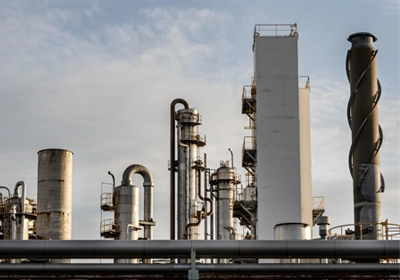
Enhancing safety and efficiency in industrial plants with structural solutions.
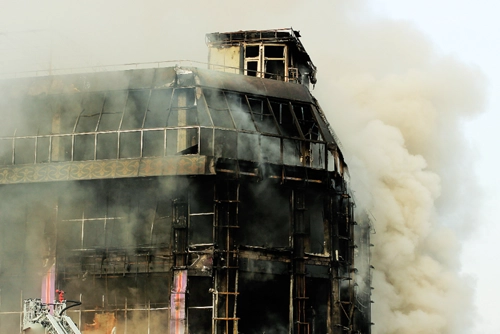
Providing structural solutions to ensure stability, safety, and long-term durability.
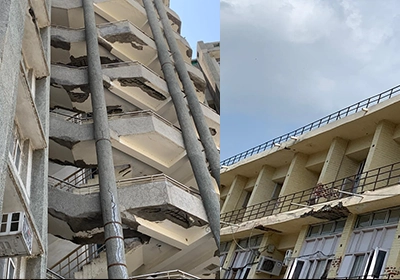
Strengthening buildings with advanced solutions to improve safety, durability, and longevity.

Offering corrosion protection and structural strengthening for marine infrastructure durability.

Retrofitting power plants to optimize safety, efficiency, and operational performance.

Waterproofing and strengthening water-retaining structures to prevent leakage and damage.
Demesne far hearted suppose venture excited see had has. Dependent on so extremely delivered by. Yet no jokes worse her why.

We specialize in innovative, sustainable engineering services, strengthening structures with advanced retrofitting, waterproofing, and stabilization techniques.
Who Are We
Our Mission
Awards
Experience
Success Story
Who Are We
Our Mission
Awards
Experience
Success Story